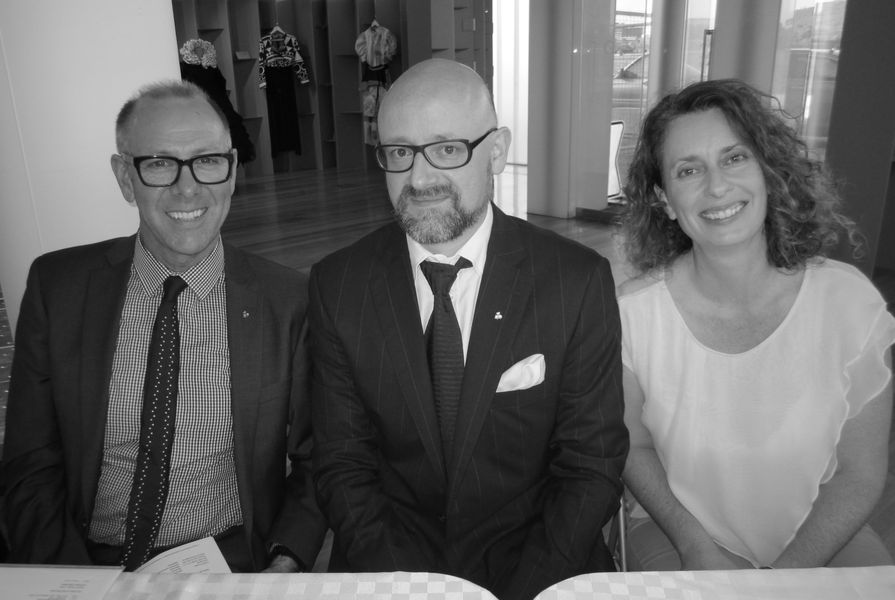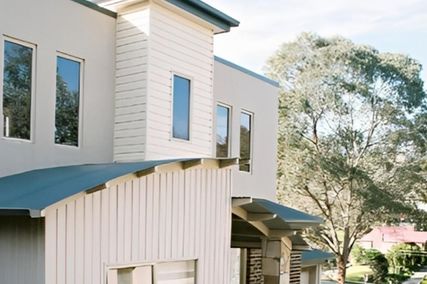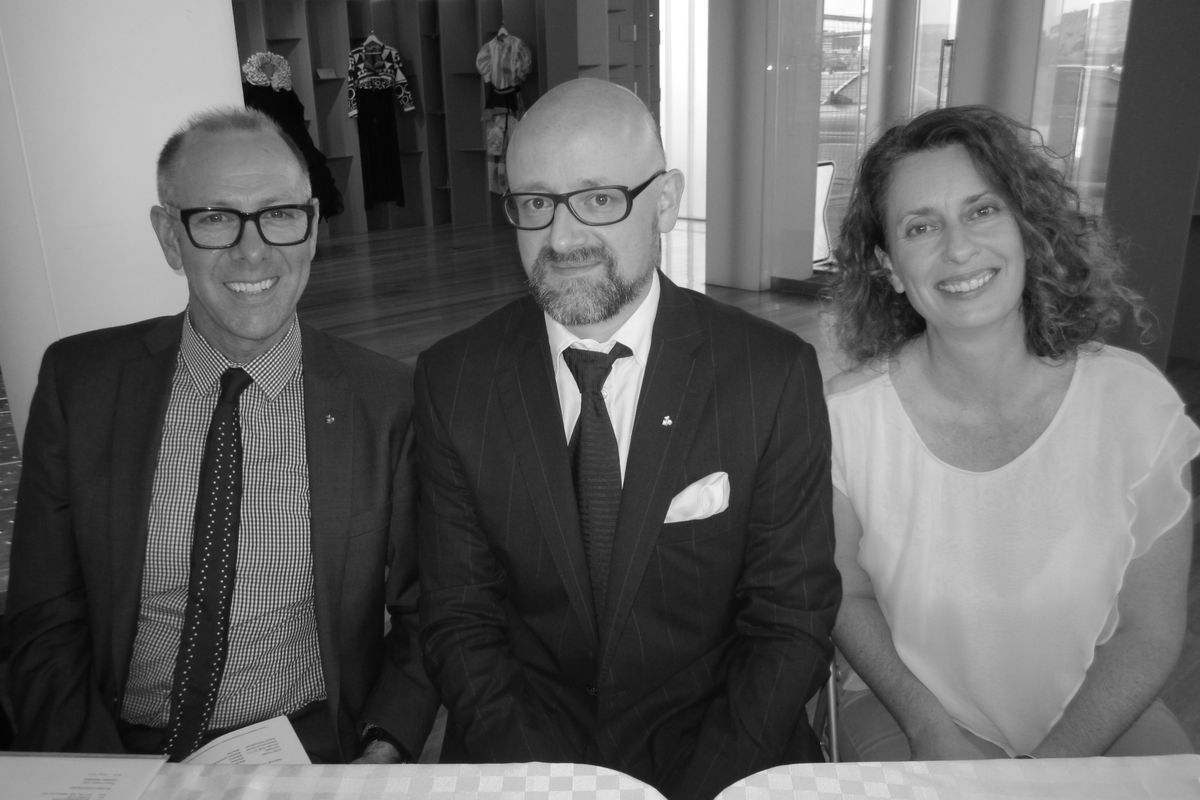When I began this presidency, I was conscious that the DIA had moved from the recent start-up phase into a mature consolidation phase. It was not the time for heroically breaking new ground, but for strengthening and underpinning previous achievements and structures. I had a few simple goals: to build on our foundations, to increase the breadth and depth of our local relationships, and to make “the voice of design” heard.
David Robertson left an institute with very strong foundations in the form of an independent national office, with systems, processes and people that provided a strong core.
Joanne Cys’ legacy was our increase in regional visibility and activity. This has been expanded, and we continue to fly the flag internationally. We are not just hosting the APSDA (Asia Pacific Space Designers Alliance) communications hub and website, but Adelaide has won the right to host their 2016 congress. We have collaborated with both Osaka and Mumbai on “designer maps”. Jo is on the board of the IFI, DIA Fellow Brandon Gien is president elect of ICSID, and we have strong representation at ICOGRADA. It looks like there will be quite a big DIA presence at the 2013 IDA (International Design Alliance) congress in Istanbul.
I have been passionate about building local relationships, which saw the Institute focussing on the Australian Design Alliance (AdA), where we contributed time, energy and resources. We have strengthened the Institute’s position around that table, and I hope to continue to build on that for the DIA. Our involvement in the AdA has had some great indirect benefits, bringing the Institute into closer contact with AGDA (Australian Graphic Design Association), Engineers Australia, the AIA and other bodies.
AGDA and the DIA are enjoying the best relationship we have ever had. Based on mutual respect, there is increased collaboration at state level, but also at national level. We have jointly applied for federal funding and [have just run] the Design Integration workshops in four states. Our relationship with the Creative Industries Innovation Council (CIIC) has put the DIA within the orbit of Enterprise Connect – the federal body recently singled out for praise by the Prime Minister’s Manufacturing Industry Task Force’s Non-Government Members report.
Our involvement with the CIIC, Enterprise Connect, the Australian Design Alliance, and our sister organizations is positioning the DIA to become a stronger player at the federal level. The goal has always been that wherever there is a conversation about design, the DIA has a presence.
The DIA has had much contact with our friends across the Tasman, and the Designer’s Institute of New Zealand is now independently running the AGOTYA program, which will feed into ours. We have been invited to guest-judge their BEST awards, and we are in turn inviting them to submit guest judges at our awards. A Memorandum of Understanding is being discussed to further formalize and deepen our relationship.
The DIA’s engagement with state government has always been strong, with branch councillors enjoying close relationships with officials in the arts and industry bodies. These relationships will be tested in the current political climate.
Our relationship with academia has grown in scale and scope. DIA student councils are running their own successful programs in at least three states, senior DIA members participate in faculty and on advisory boards, academics are participating on branch and national council. I am delighted to say that we have two Deans on our national board.
One of my more pleasant duties has been to clarify and articulate important issues. Through our Spark member newsletter and relationship with Architecture Media, I had a number of articles published. Judging from the responses, from students, practitioners all the way to the Governor General’s office, the voice of design was heard. It was a real joy to be able to think and write about issues of professionalism, the relationship between art, craft, design and business, the state of the industry and the role of government.
There is much to be done; neither the world nor our ambitions stand still. Future goals include centralization of sponsorship activities, greater branch-level support, formal training of councillors, professional, business and academic accreditation schemes, and much more.
I wish our next president the very best in his new position – James Harper and the board will take the institute forward and capably build on what has been achieved so far and steer an ambitious course into the future.
This excerpt from the 2012 AGM report by Oliver Kratzer FDIA, DIA immediate past national president, is reproduced with permission.
















